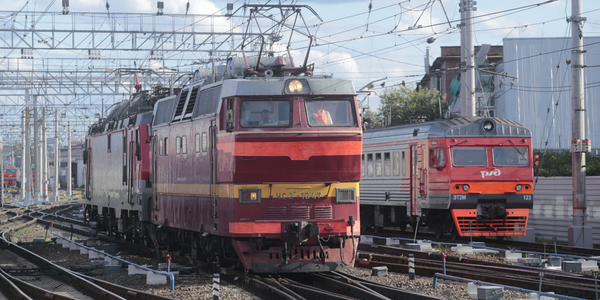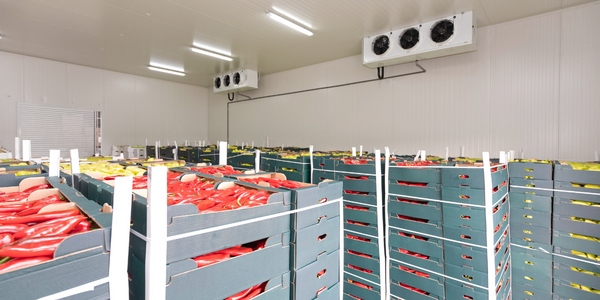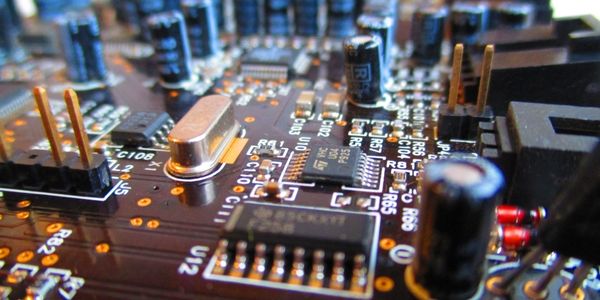Technology Category
- Platform as a Service (PaaS) - Device Management Platforms
- Sensors - Electrical Conductivity Sensors
Applicable Industries
- Electronics
- Transportation
Applicable Functions
- Logistics & Transportation
- Product Research & Development
Use Cases
- Last Mile Delivery
- Onsite Human Safety Management
Services
- Hardware Design & Engineering Services
- System Integration
About The Customer
The customer in this case study is a leading drug delivery provider. They are at the forefront of the medical industry, constantly innovating to stay competitive in a rapidly evolving environment. They specialize in the delivery of immunotherapies, treatments that use the body's own immune system to fight cancer. These therapies are challenging to deliver due to their large molecular size. The company's objective was to design and manufacture the world's first electromechanical device for the delivery of these life-saving immunotherapies, integrating electrical hardware, software, and mechanical components, and meeting New Product Introduction (NPI) requirements.
The Challenge
In the highly competitive and rapidly evolving medical industry, companies are under constant pressure to innovate and stay ahead of the curve. One such challenge faced by a leading drug delivery provider was the delivery of immunotherapies, treatments that utilize the body's immune system to combat cancer. These therapies are notoriously difficult to inject into the human body due to their large molecular size. The company aimed to design and manufacture the world's first electromechanical device for the delivery of these life-saving immunotherapies. The device needed to integrate electrical hardware, software, and mechanical components. It also had to meet New Product Introduction (NPI) requirements, including electrical and mechanical process design, test development, line and equipment build, installation, and operational and performance qualifications.
The Solution
The company partnered with Flex, a provider of product lifecycle solutions, to design and manufacture the innovative drug delivery device. The device applies an electric current to the membrane of a cell to open pores or channels, allowing the drug or DNA to pass through. To ensure dose accuracy, which is critical in immunotherapy, Flex engineers incorporated multiple layers of switches, including mechanical, senseless rotational, and optical. They also developed a special algorithm to compensate for minor deviations in delivery. The collaboration with Flex also allowed the inclusion of other features for safety, longevity, and comfort in the design process.
Operational Impact
Quantitative Benefit

Case Study missing?
Start adding your own!
Register with your work email and create a new case study profile for your business.
Related Case Studies.

Case Study
Remote Temperature Monitoring of Perishable Goods Saves Money
RMONI was facing temperature monitoring challenges in a cold chain business. A cold chain must be established and maintained to ensure goods have been properly refrigerated during every step of the process, making temperature monitoring a critical business function. Manual registration practice can be very costly, labor intensive and prone to mistakes.

Case Study
Airport SCADA Systems Improve Service Levels
Modern airports are one of the busiest environments on Earth and rely on process automation equipment to ensure service operators achieve their KPIs. Increasingly airport SCADA systems are being used to control all aspects of the operation and associated facilities. This is because unplanned system downtime can cost dearly, both in terms of reduced revenues and the associated loss of customer satisfaction due to inevitable travel inconvenience and disruption.

Case Study
IoT-based Fleet Intelligence Innovation
Speed to market is precious for DRVR, a rapidly growing start-up company. With a business model dependent on reliable mobile data, managers were spending their lives trying to negotiate data roaming deals with mobile network operators in different countries. And, even then, service quality was a constant concern.

Case Study
Digitize Railway with Deutsche Bahn
To reduce maintenance costs and delay-causing failures for Deutsche Bahn. They need manual measurements by a position measurement system based on custom-made MEMS sensor clusters, which allow autonomous and continuous monitoring with wireless data transmission and long battery. They were looking for data pre-processing solution in the sensor and machine learning algorithms in the cloud so as to detect critical wear.

Case Study
Cold Chain Transportation and Refrigerated Fleet Management System
1) Create a digital connected transportation solution to retrofit cold chain trailers with real-time tracking and controls. 2) Prevent multi-million dollar losses due to theft or spoilage. 3) Deliver a digital chain-of-custody solution for door to door load monitoring and security. 4) Provide a trusted multi-fleet solution in a single application with granular data and access controls.








